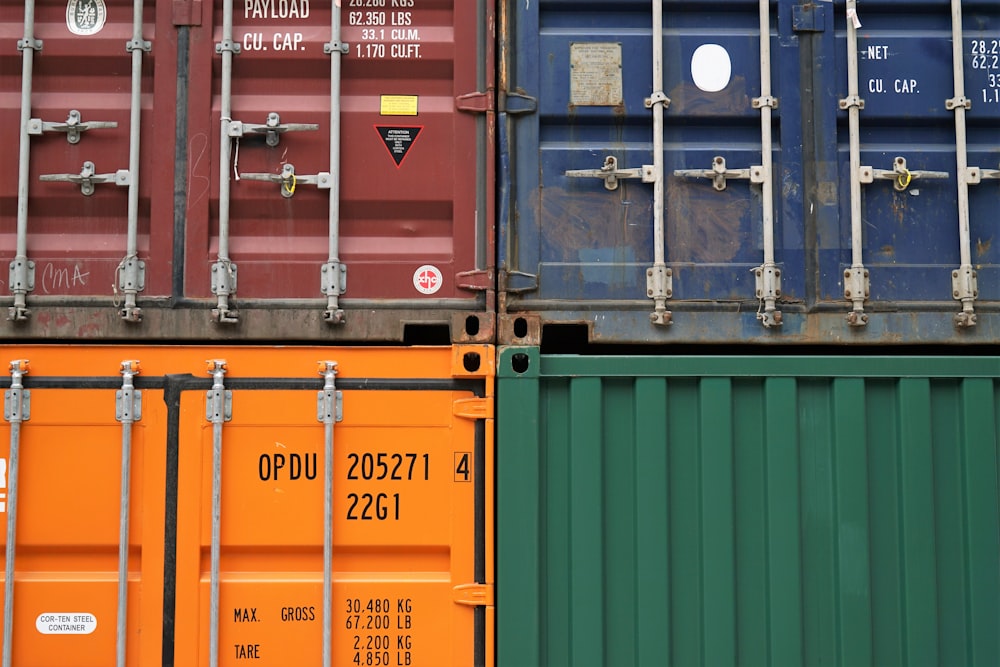How U.S. Companies Are Navigating Higher Tariffs
Image Source: Unsplash
Tariffs on U.S. imports are currently at their highest rate since 1933, with an average effective tariff rate of 18.6%, according to the Yale Budget Lab as of August 7.
When you consider the average tariff rate was about 2.4% at the start of the year, that’s a massive shift that U.S. companies are forced to navigate.
New analysis from Vanguard Senior Economist Josh Hirt looks at how companies are dealing with these higher tariffs on goods they are importing.
The upshot is that, so far, they have avoided passing on major price increases to customers – the “tariff cliff” as Hirt described it. They have been able to do this in a couple of ways, explained Hirt.
Two ways companies have managed tariffs
U.S. companies have adapted to the evolving tariff landscape by managing their inventories and supply chains.
Part of this involved front-loading or stocking up on their inventories of supplies and goods as much as possible before the tariffs took effect. This allowed them to minimize, at least in the short term, the need to import as much as they normally would, thus reducing additional tariff costs.
But more importantly, they have been “quietly but dramatically” changing their trading partners, said Hirt. That means they are importing less from countries that face higher tariffs and more from countries with lower tariffs.
Hirt cites global electronics imports as an example. While imports have remained roughly the same at approximately $40 billion per month, imports from China fell dramatically – about 59% from January to May.
In real numbers, according to the U.S. Census Bureau, that’s down from about $11 billion coming from China to $4.5 billion. Vietnam and Indonesia, among other trading partners, have replaced much of that supply gap.
Tariff costs passed gradually on to consumers
These measures have helped many companies avoid having to impose massive price increases to cover the difference. But they have also had to narrow their profit margins to avoid price increases.
“Right now, companies likely have less flexibility to raise prices than they did in the immediate post-pandemic period,” said Hirt. “Many are choosing to absorb a portion of tariff costs by narrowing their margins, which is a calculated move intended to preserve demand and avoid the kind of consumer pushback seen during earlier inflationary spikes.”
However, Hirt notes that this strategy can only last so long – eventually companies will eventually have to pass tariff costs on to consumers. But Hirt believes it will be a gradual process.
The bottom line is that tariffs will raise prices, but not all at once,” said Hirt. “The U.S. economy has the flexibility to absorb these pressures if passed through gradually.”
Hirt expects inflation rates to peak in 2026.
“It would take structural factors—like a persistently tight labor market, continued fiscal expansion, or an overly accommodative Federal Reserve—to drive a more persistent rise in inflation,” Hirt said.
More By This Author:
Franklin Templeton Launches 2 New Active ETFs3 Stocks To Watch This Week
The 4 Worst Performing Stocks In August
Disclaimer: This article is NOT an investment recommendation, please see our disclaimer - Get our 10 ...
more



